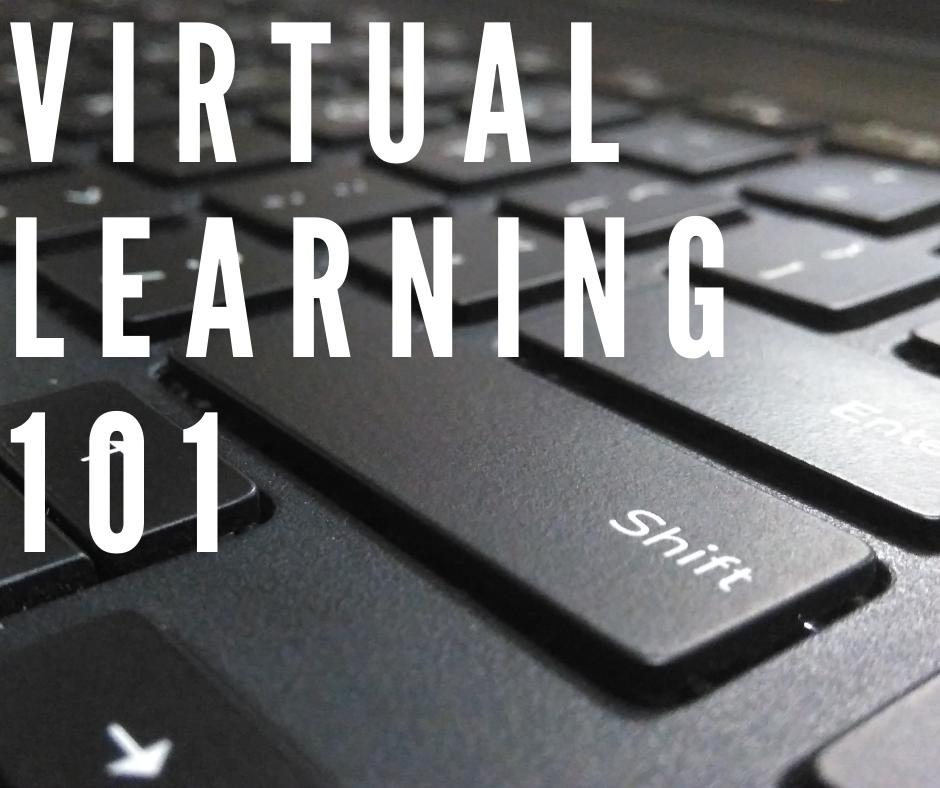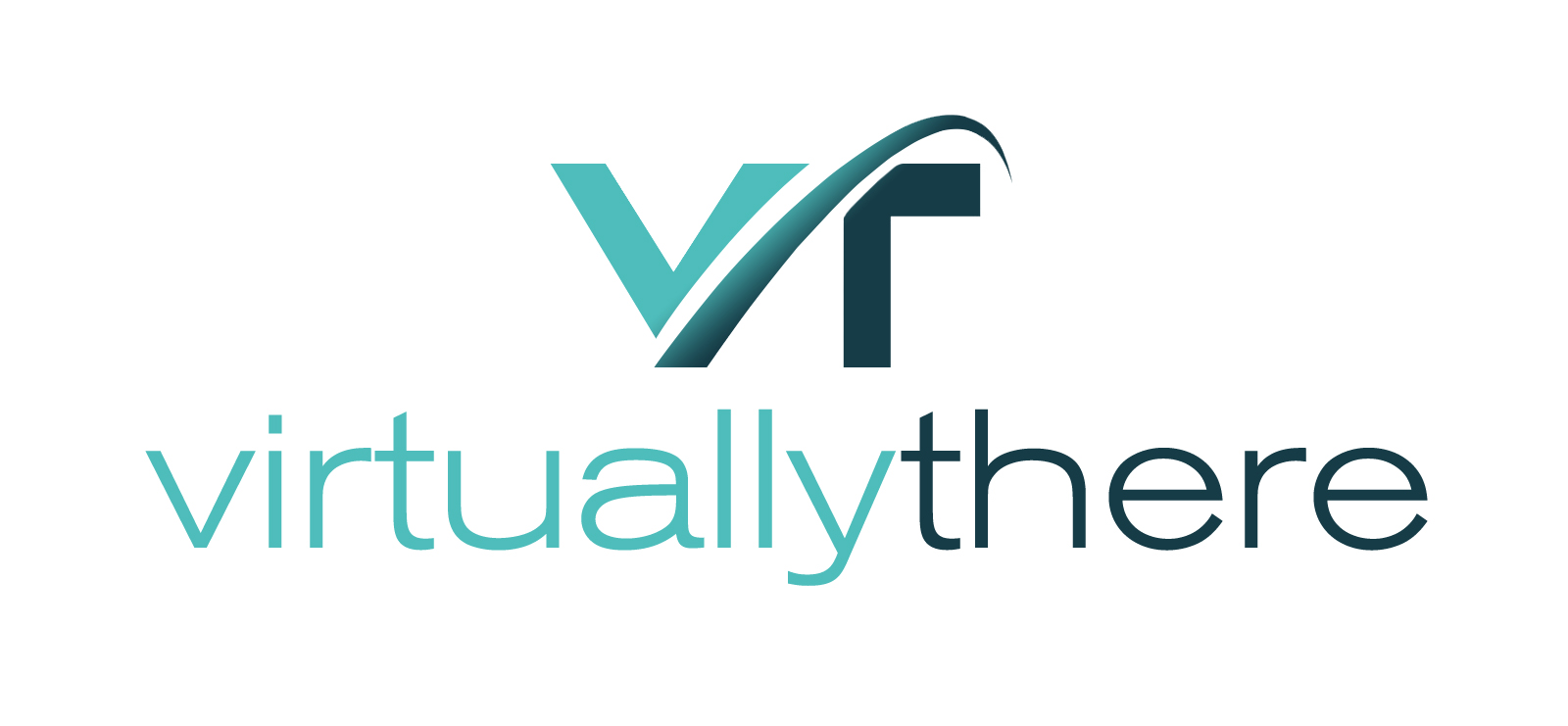Stories from the Virtual Trenches: 3 Common Virtual Classroom Challenges
Like in all professions, Learning & Development faces its fair share of challenges. Changing global dynamics, evolving business needs, and a diverse...
2 min read
InSync Training : Apr 30, 2020 10:39:00 AM

%20Blog.png?width=286&name=04302020%20Virtual%20Learning%20101(2)%20Blog.png) More virtual classroom events than ever have happened in 2020. In fact, the CEO of Cisco announced that Webex hosted 5.5 BILLION minutes of virtual meetings in the first eleven days of March. Combined with the spike in usage of other platforms like Zoom, virtual events have become a staple in today’s businesses and educational institutions.
More virtual classroom events than ever have happened in 2020. In fact, the CEO of Cisco announced that Webex hosted 5.5 BILLION minutes of virtual meetings in the first eleven days of March. Combined with the spike in usage of other platforms like Zoom, virtual events have become a staple in today’s businesses and educational institutions.
And whether you elected to make the transition to live online learning or took the leap to adapt to corporate circumstance, the steps you take before a virtual training event begins can determine if the final outcome is successful.
We recommend adding a handful of key tasks to your pre-session to-do list:
If you have the resources, identify the session facilitator and the technical producer. We find that a team-teaching approach creates a better learning experience - the facilitator can focus on the content and the producer can focus on the technical components of the event. We recognize that you may not have the budget or personnel available to embrace this approach, but we recommend you do a cost/benefit analysis before dismissing it as a possibility. Regardless of the number of people delivering a session, the event organizer needs to clearly communicate session or program details to the facilitator.
Facilitators (and producers if involved) should review the content of an entire session to understand the technical requirements of an event. This is different than a rehearsal (more on that to come), as this offers a chance to plan the progression of a session and think through any potential challenges or difficulties that may result from the design.
Great virtual events mirror stage productions – the art an audience sees is the result of busy behind-the-scenes work. The information gathered during the session walkthrough is used to create this document. A guide can include facilitator notes for each slide, technical direction for collaborative exercises, and important details about timing. For example, our production guides include activity instructions that producers paste into chat. This helps keep things moving and guarantees instructional clarity. Especially helpful when teaching as a team, it can also create clear areas of responsibility (who sets up which activities, who advances the slides, who delivers which content, etc).
Disasters can and will happen. Even we deal with technical difficulties and unexpected interruptions. Think through questions like “what happens if the producer loses internet?” “what if one learner cannot participate due to technical difficulties?” Coming up with a plan ahead of time prevents panic in the moment. We recommend a four-step disaster recovery plan, but you can map one out that works best for your team. Keep in mind, though, that even the most prepared emergency protocols won’t address every possible thing can go wrong. Sometimes, trainers need to make in-the-moment judgement calls. Prepare for that reality, too, and make sure the organization empowers instructors to feel confident to make command decisions if they have to.
Walking through content only provides one perspective of the session. Getting into the actual technical platform and rehearsing the content moves delivery teams to a higher level of preparedness. For new programs, we do a complete dress rehearsal in which the facilitator delivers the actual content and the producer goes through the motions of managing the session. For very complex sessions, we sometimes have members of our team act as participants. You may need a longer rehearsal session than the actual training session, since additional questions and points of consideration will come up.
Don’t forget to send out session details, access information, and ground rules to learners BEFORE the event. Generally, learners want to do a good job and participate fully in training. They may have anxiety about learning in a new format and communicating clearly with them can put them at ease. If the program includes a producer, they can act as the point of contact before a session.
Giving consideration to these to-dos before deploying virtual classroom events helps live events go smoothly, meeting the needs of the business and exceeding the expectations of learners.
Remember: every successful session reinforces the value of this dynamic learning environment.

Like in all professions, Learning & Development faces its fair share of challenges. Changing global dynamics, evolving business needs, and a diverse...

Applying the InQuire Engagement Framework™ Virtually There Session Recap

In the world of virtual classrooms, there are many reasons why a session may be ineffective and tiring for both participants and facilitators....